Hummingbirds, those tiny, dazzling jewels of the avian world, are a true delight to behold. Their incredible aerial acrobatics and vibrant colors bring a touch of magic to any garden. More than just beautiful, the hummingbird meaning often symbolizes joy, resilience, and the sweetness of life. By offering them a reliable food source, you not only get to witness their marvels up close but also play a vital role in supporting these energetic creatures. This guide will show you exactly how to make hummingbird food – a perfect, safe, and homemade hummingbird food that will have them flocking to your birds hummingbird feeder.
Why Homemade Hummingbird Food is Best
While store-bought nectars are available, making your own homemade hummingbird food offers several advantages:
- Cost-Effective: It's incredibly cheap to make, requiring only two basic ingredients you likely already have.
- Ingredient Control: You know exactly what's in it, avoiding potentially harmful preservatives, dyes, or incorrect sweeteners found in some commercial products.
- Simple & Quick: It takes just a few minutes to whip up a fresh batch.
The Perfect "Hummingbird Food Recipe": The Basics
Creating the ideal hummingbird recipe is surprisingly simple. It all comes down to two key ingredients: sugar and water.
A. The Crucial "Hummingbird Food Recipe Sugar Water Ratio"
The most important aspect of your hummingbird food recipe is the sugar-to-water ratio. This mimics the natural nectar found in flowers.
- The Standard & Safest Ratio: 1 part sugar to 4 parts water.What does "part" mean?It's any unit of measurement you choose. For example:1/4 cup of sugar mixed with 1 cup of water.1 cup of sugar mixed with 4 cups of water.This 1:4 ratio is widely recommended by experts from Audubon to the Smithsonian for general use.
- Weather Adjustments (Optional but Beneficial):Hot, Dry Weather:Stick to the 1:4 ratio. A weaker solution helps hummingbirds stay hydrated. (As noted by The Cornell Lab).Cold, Rainy/Foggy Weather or During Migration: You can slightly increase the concentration to 1 part sugar to 3 parts water (e.g., 1/3 cup sugar to 1 cup water). This provides extra energy when they need it most.
B. Choosing the Right Sugar: This is Non-Negotiable!
- MUST USE: Plain white granulated sugar (refined white sugar). This is what most closely resembles natural nectar sucrose and is easily digestible for hummingbirds.
- STRICTLY AVOID:Honey:Can promote dangerous fungal growth that is fatal to hummingbirds.Brown Sugar, Raw Sugar, Organic Sugar, Molasses:These contain iron and other additives that are harmful to hummingbirds.Powdered Sugar (Confectioner's Sugar):Often contains cornstarch or anti-caking agents, which are not suitable.Artificial Sweeteners or Sugar Substitutes: Offer no nutritional value and can be detrimental.
C. What About the Water?
- Tap Water: Generally fine for making your hummingbird food recipe.
- To Boil or Not to Boil?Benefits of Boiling(Recommended by many, e.g., Cornell Lab, The Spruce, Audubon experts):Helps dissolve the sugar more quickly and completely.Can kill some bacteria or mold spores present in the sugar or water.May help remove chlorine from tap water.Not Strictly Necessary(According to Smithsonian and implied by The Spruce's alternative method): If you stir vigorously enough for the sugar to fully dissolve (solution becomes clear), boiling isn't essential. Using extra-fine sugar can aid this.Our Recommendation: Boiling is a good practice for safety and ease, but if you choose not to, ensure sugar is completely dissolved.
- Alternatives: If your tap water is heavily treated or has strong odors, filtered or bottled spring water is a good option.
"How to Make Hummingbird Food": Step-by-Step Guide
- Gather Materials: Refined white sugar, water, a clean saucepan or bowl, and a spoon or whisk.
- Measure: Accurately measure your sugar and water according to the 1:4 ratio (or 1:3 if adjusting for cold).
- Combine & Dissolve:If boiling:Combine sugar and water in the saucepan. Heat, stirring, until the water boils and the sugar is completely dissolved. Remove from heat immediately.If not boiling: Combine sugar and water in a bowl or pitcher. Stir or whisk vigorously until the sugar is completely dissolved and the water is clear.
- COOL COMPLETELY: This is critical! Hot nectar can warp or crack plastic and glass feeders, and warm nectar ferments much faster.
- Fill Your Feeder: Pour the cooled, fresh homemade hummingbird food into your clean birds hummingbird feeder.
The Truth About Red Dye: Just Say NO!
DO NOT add red food coloring or any other dyes to your hummingbird nectar.
- Why? It's completely unnecessary for attracting hummingbirds and the artificial chemicals could be harmful, especially when consumed in large quantities over time.
- How to Attract Them: Most birds hummingbird feeders already have red parts (like feeding ports or the base), which is more than enough to catch their eye, as they associate red with nectar-rich flowers.
"Birds Hummingbird Feeder": Selection, Placement, and Maintenance
A. Choosing Your Feeder:
- Ease of Cleaning: This is paramount. Feeders that disassemble easily are best.
- Material:Glass:Easier to clean thoroughly, durable, but can break.Plastic: Lighter, less prone to breakage, but can degrade over time, potentially leach chemicals (look for BPA-free), and may stain or harbor mold more easily.
- Features: Look for red elements. Some feeders have built-in ant moats or bee guards.
B. Best Feeder Placement:
- Shade: Hang your feeder in a shaded spot to keep the nectar cooler and slow down fermentation. Foil around the feeder can also reflect sun.
- Near Cover (but with caution): Place it near trees or shrubs where hummingbirds can perch and survey their territory, but at least 10-15 feet away from dense cover where predators like cats might hide.
- Window Safety: To prevent deadly window collisions, place feeders either very close (within 3 feet) to windows or much farther away (more than 30 feet).
- Activity Levels: Avoid high-traffic areas.
- Multiple Feeders: If you have several, space them out of sight of each other to reduce territorial disputes among hummingbirds.
C. Cleaning & Refilling: The Golden Rule for Healthy Hummers!
This is the most critical part of safe hummingbird feeding. Spoiled nectar can harbor harmful mold and bacteria.
When to Change Nectar:
- Ideal: Every other day.
- Hot Weather (e.g., above 80°F/27°C): Change daily, or at least every 2 days.
- Mild Weather (60-80°F/15-27°C): Change every 2-3 days, or at least twice a week.
- Cool Weather (below 60°F/15°C): Change at least once a week.
- IMMEDIATELY if: The nectar appears cloudy, has black specks (mold), or an odor.
How to Clean Your Feeder:
- Empty any old nectar.
- Disassemble the feeder.
- Scrub all parts thoroughly with hot water. A dedicated feeder brush is helpful.
- For a deeper clean, use a dilute solution of white vinegar and water (e.g., 1 part vinegar to 4 parts water).
- Rinse EXTREMELY well with fresh water (at least three times if using vinegar) to remove any residue. Avoid dish soap as it can leave harmful residues.
D. Storing Extra "Homemade Hummingbird Food":
- Store unused, cooled nectar in an airtight container in the refrigerator.
- It will keep for up to one week, though some suggest up to two weeks. To be safest, aim for one week.
- If it becomes cloudy or shows any signs of mold, discard it immediately.
Beyond the Feeder: Creating a Hummingbird Haven
While a birds hummingbird feeder is a great start, you can do more:
-
Plant Nectar-Rich Flowers:This is the best way to provide natural food. Hummingbirds are especially drawn to red, orange, and pink tubular flowers. Great choices include:Bee Balm (Monarda)Salvias (many varieties)Coral Bells (Heuchera)Columbine (Aquilegia)Trumpet Vine/Honeysuckle (Campsis, Lonicera)Fuchsia
(Mentioned by BHG, Smithsonian) - Provide Water: A shallow bird bath with a mister or dripper can be attractive.
- Avoid Pesticides: Hummingbirds also eat small insects and spiders for protein. Pesticides can harm them directly or contaminate their food.
- A Note on "Hummingbird Nests": You won't typically provide a "hummingbird nest." These tiny architects build their own exquisite, cup-shaped nests using spider silk, plant down, and lichen, often in well-hidden locations on tree branches. The best way to support their nesting is by maintaining a diverse, healthy yard with a variety of plants and shrubs, and by minimizing disturbance.
Understanding "Hummingbird Migration" and Feeder Timing
- When to Put Feeders Up: About 1-2 weeks before hummingbirds are expected to arrive in your area in the spring. Timings vary by region (Smithsonian provides guidelines).
- When to Take Feeders Down: Keep them up for a few weeks after you see your last hummingbird in the fall. This helps late migrants, stragglers, or young birds on their first journey south.
- Myth Buster: Leaving your feeders up will NOT prevent hummingbirds from migrating. Their migration is triggered by changes in day length, not food availability.
Frequently Asked Questions (FAQ)
- Can nectar be too sweet? Yes, consistently high sugar concentrations can lead to dehydration and liver/kidney issues. Stick to the recommended ratios.
- Why aren't hummingbirds coming to my feeder? Could be placement, cleanliness, nearby predators, lack of red, or simply not enough hummingbirds in your immediate area yet. Be patient and ensure best practices.
- How do I keep ants and bees away? Use ant moats (small cups of water the ants can't cross to reach the feeder). Some feeders are designed to be bee-resistant.
Conclusion: The Sweet Reward of Hummingbird Watching
Making your own homemade hummingbird food is a simple, rewarding way to connect with nature and support these incredible birds. By following this hummingbird food recipe and tips for feeder care, you’ll be providing a safe, healthy energy source. The sight of a hummingbird hovering at your birds hummingbird feeder, a tiny creature embodying so much hummingbird meaning and vitality, is a joy that never gets old. Happy birding!
Information Sources & Further Reading:
The information presented in this guide for making homemade hummingbird food and caring for your feeders is based on the collective wisdom and recommendations from several reputable sources dedicated to birds and nature. We encourage you to explore these resources for even more in-depth information:
- Various articles and guides on hummingbird care from audubon.org
- Information on hummingbird nectar and feeding from birds.cornell.edu
- The Spruce: Example article from our review: "Hummingbird Nectar Recipe"
- Smithsonian's National Zoo & Conservation Biology Institute
- Better Homes & Gardens (BHG)
By consulting these and other expert sources, you can ensure you're providing the best possible care for the hummingbirds visiting your yard.


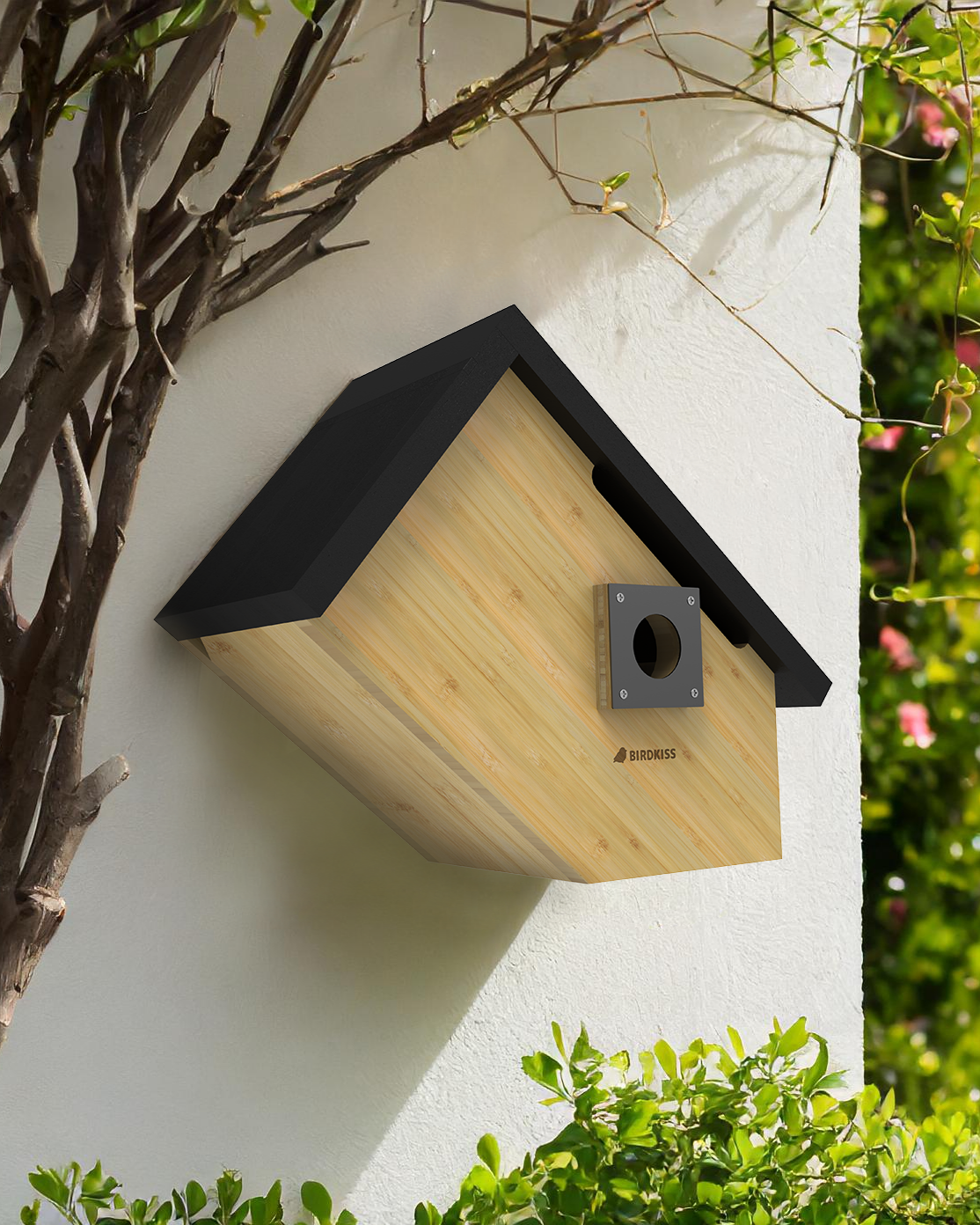
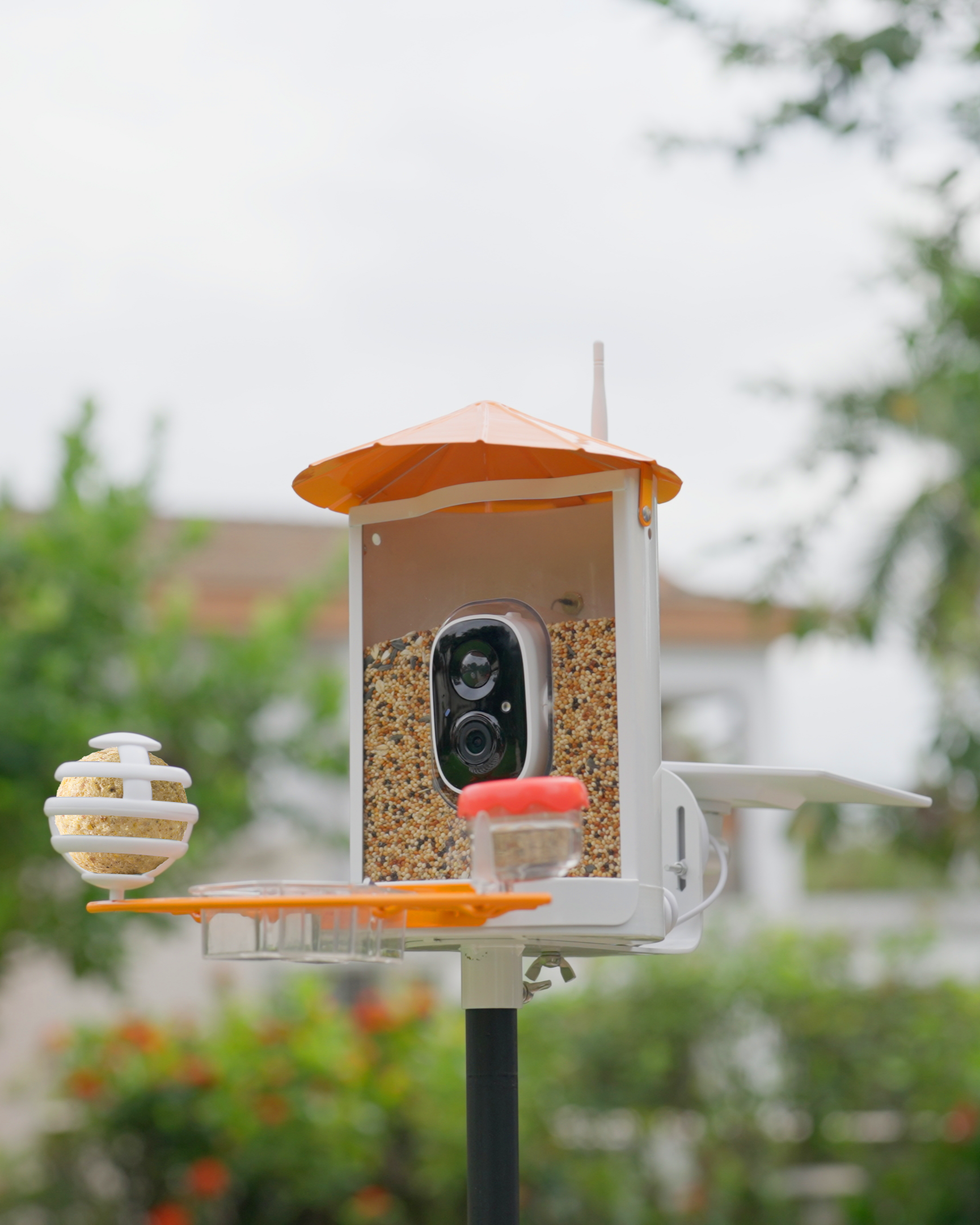
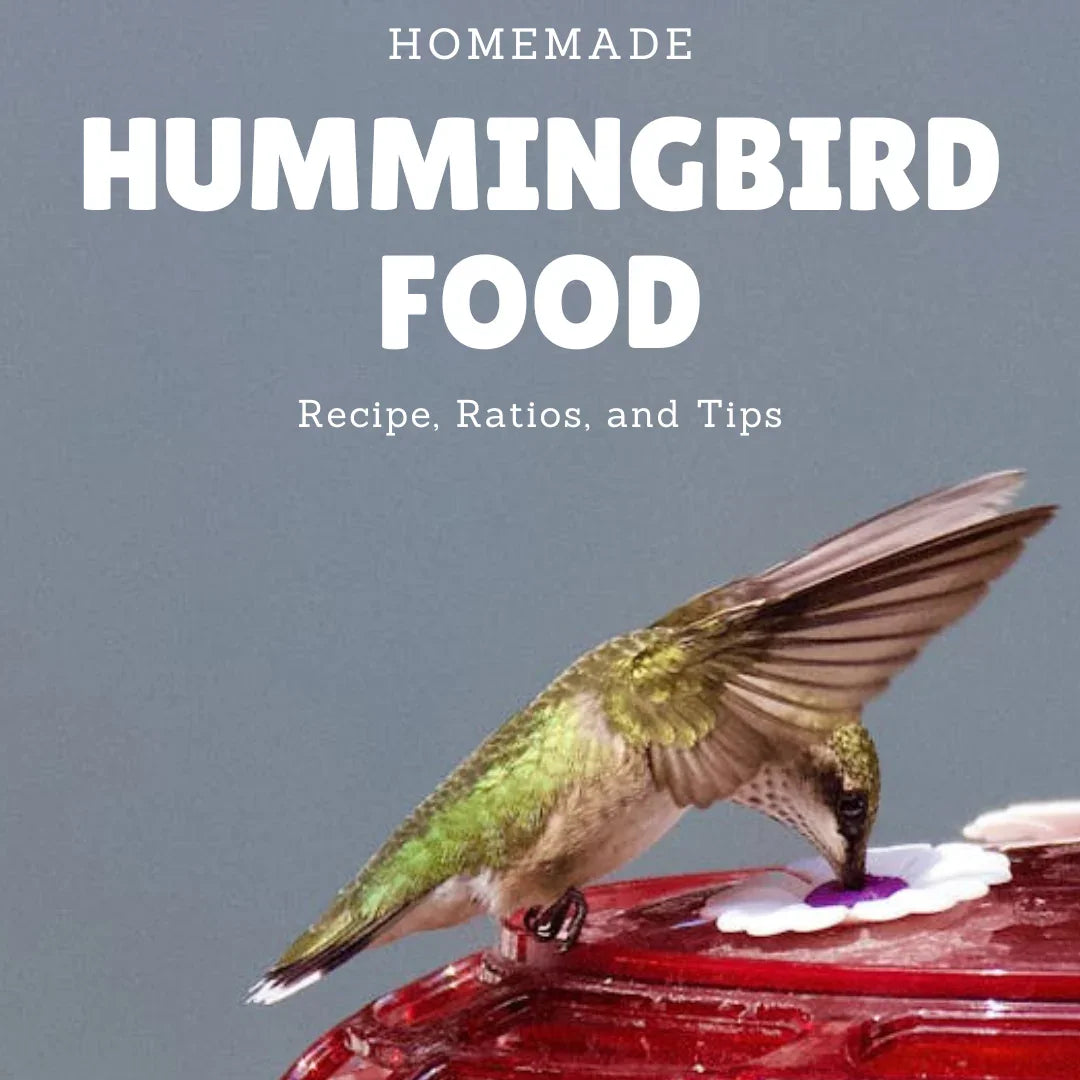
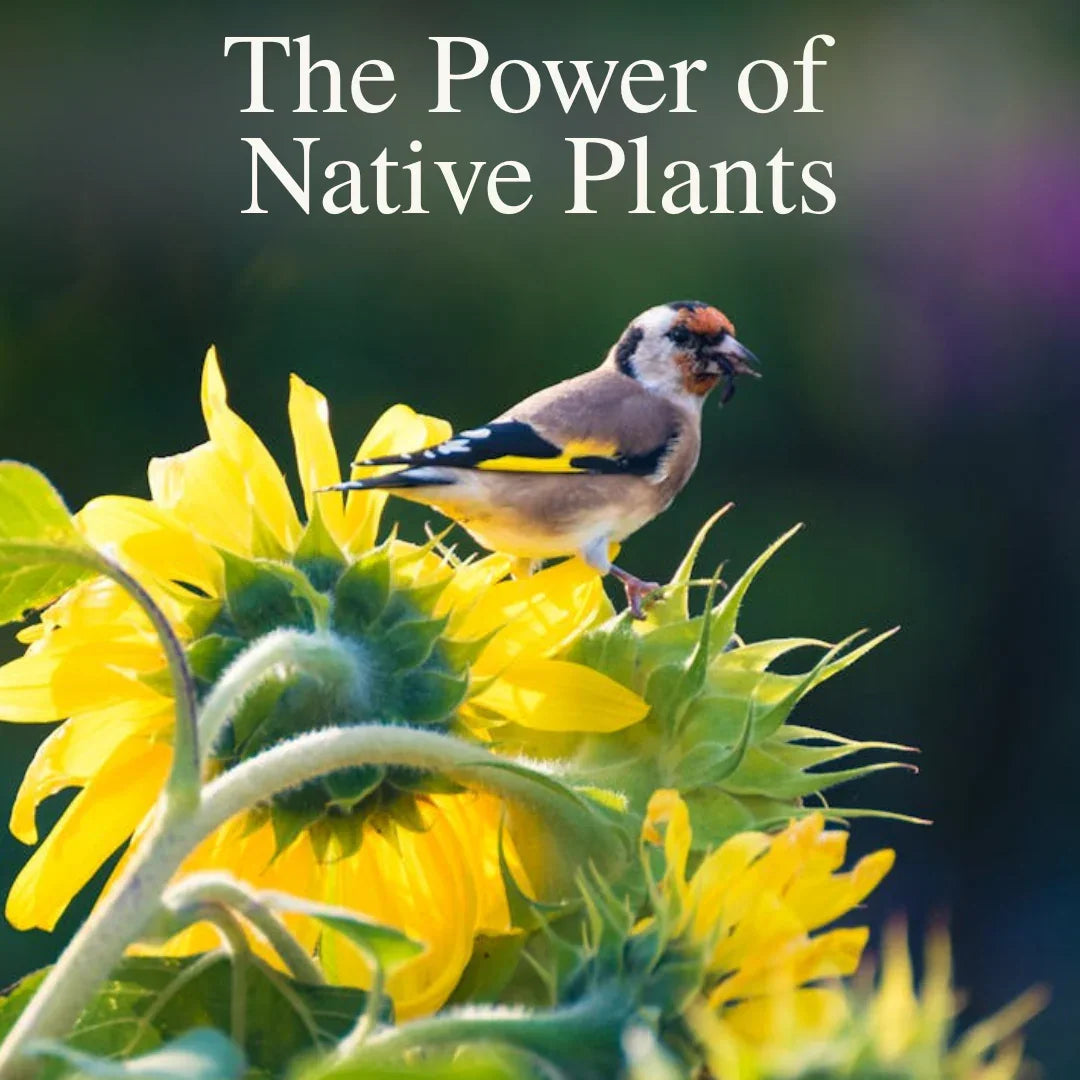
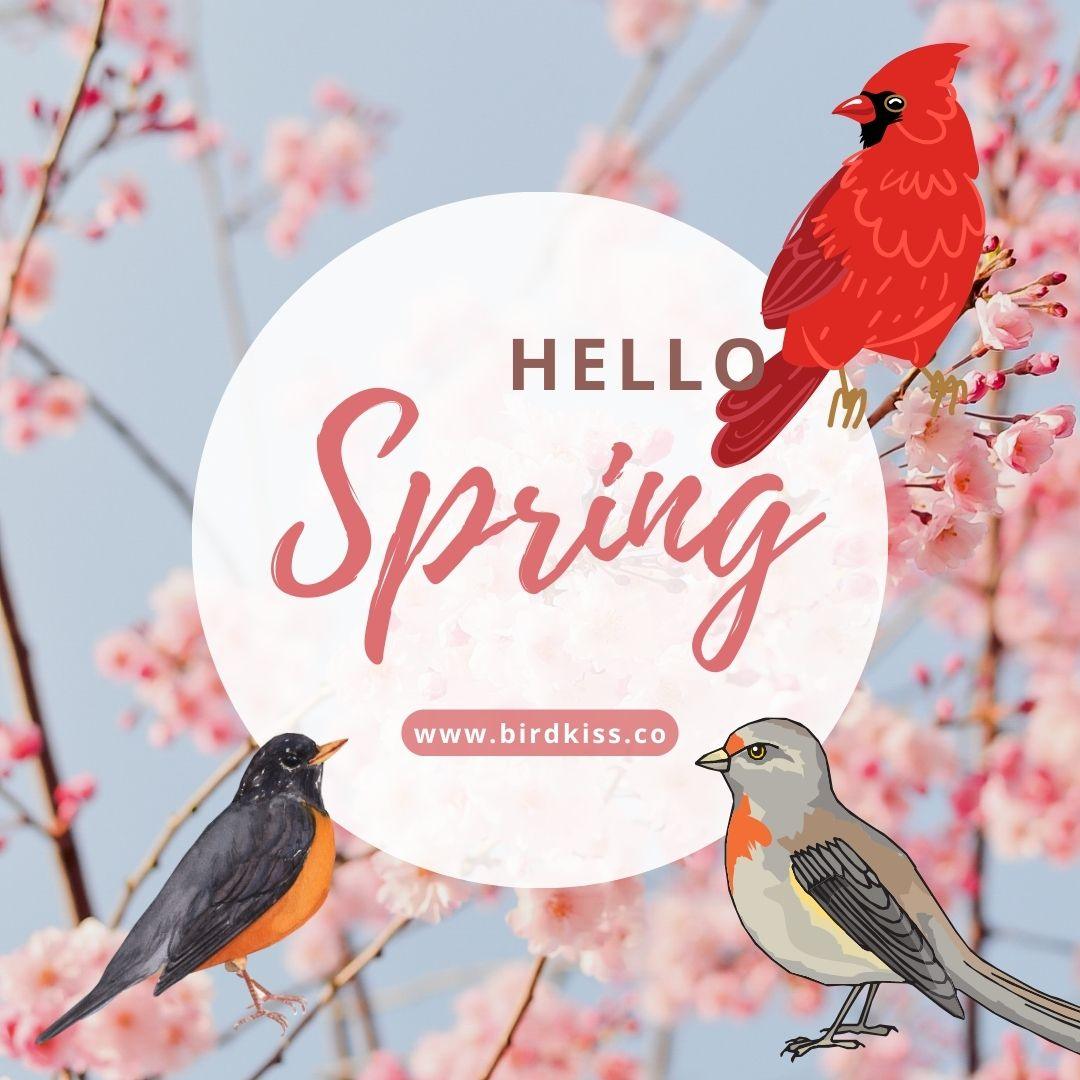
1 comment
Kelly A.
I love my Birdkiss 1st gen feeder w/camera. But the hummingbird feeder/camera has several flaws: 1) nectar tubes are too long for the hummingbirds. 2) Solar Panel not available on the hummingbird feeder so battery life is an issue. 3) Having to frequently remove the feeder to charge is too distributive for the birds.
I have the Bird Kiss feeder right next to my $20 feeder the hummingbirds prefer it. I’ve switched locations and even removed the basic feeder to no avail, hummingbirds will not feed from the Birdkiss feeder. It’s clean and filled with proper nectar. I believe the camera may emit a low frequently signal deterring the hummingbirds, in addition to the nectar tube design flaw.
Leave a comment
All comments are moderated before being published.
This site is protected by hCaptcha and the hCaptcha Privacy Policy and Terms of Service apply.